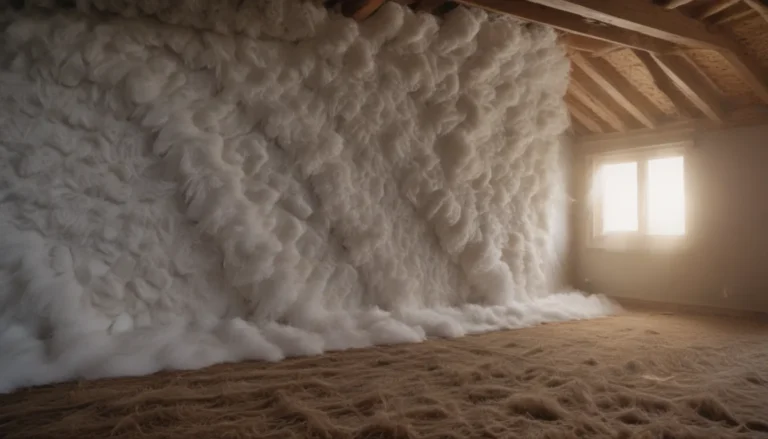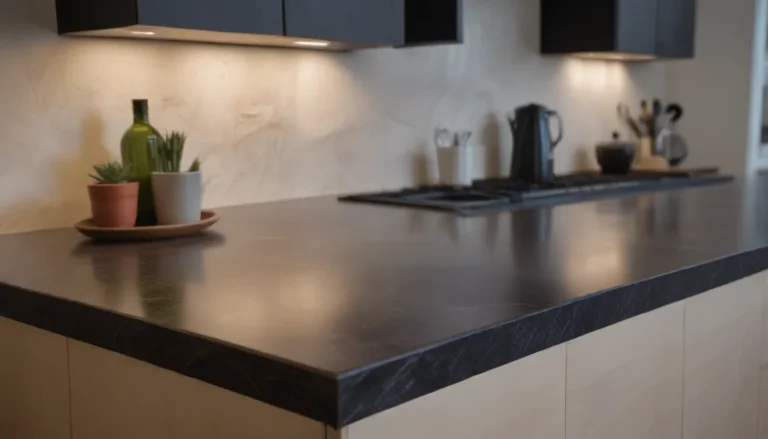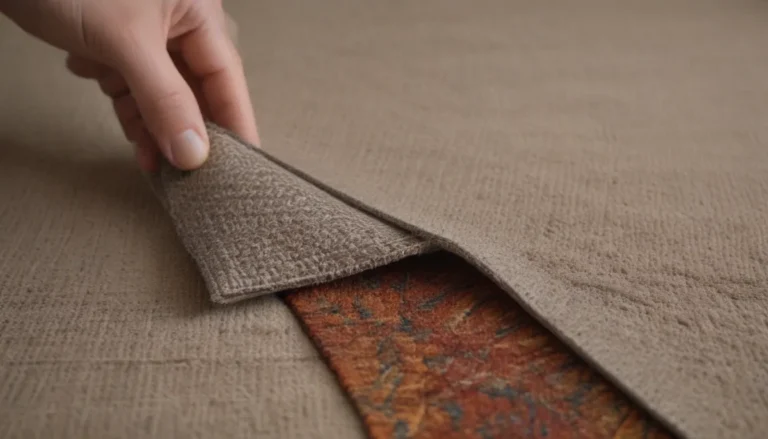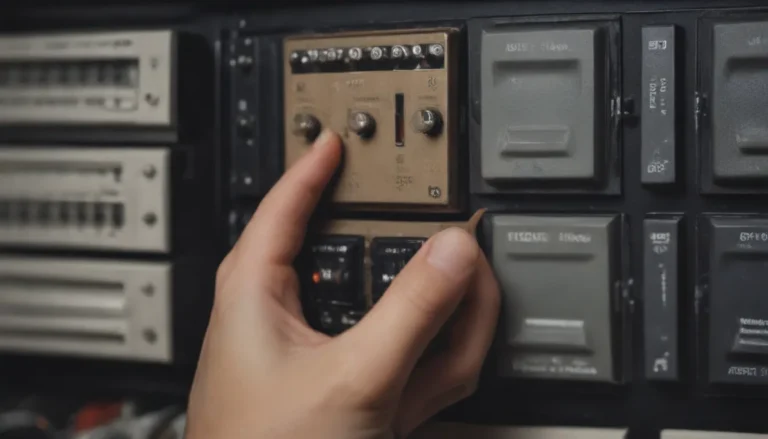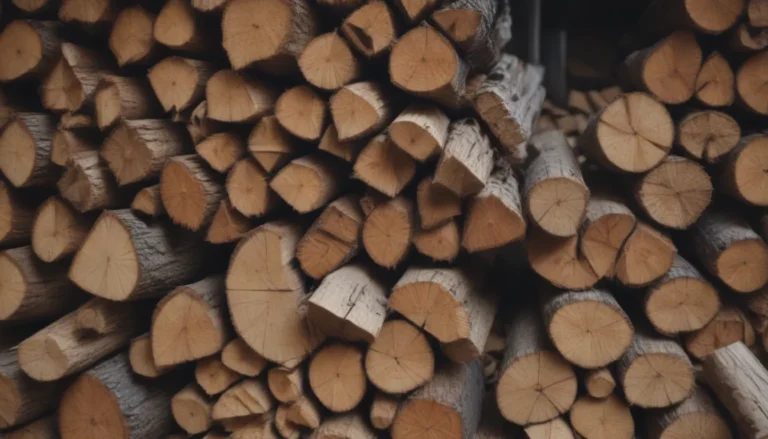The Truth About Flushable Wipes: What You Need to Know
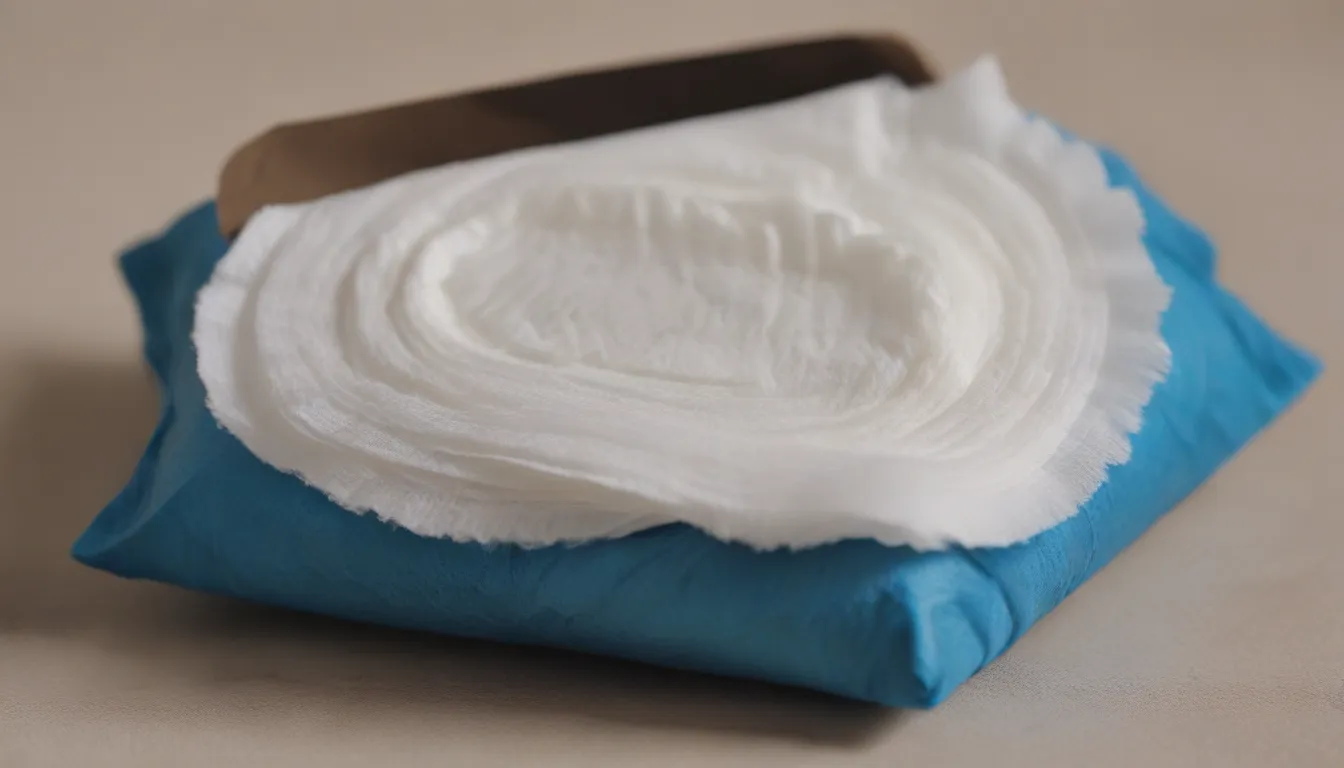
If you’re someone who enjoys the convenience and comfort of using flushable wipes, you’ve probably wondered at some point whether these products are truly safe to flush down the toilet. With more and more people turning to flushable wipes as an alternative to traditional toilet paper, it’s important to understand the potential risks associated with flushing these wipes down your plumbing system.
In this comprehensive guide, we will delve deep into the world of flushable wipes to uncover the truth behind their flushability claims. We’ll explore the lack of industry regulations governing what makes a wipe flushable, the potential harm these wipes can cause to residential and municipal plumbing systems, and safer alternatives for achieving that clean feeling without the risk.
The Flushability Conundrum
Despite the enticing label of “flushable,” the reality is that there is no standardized criteria to determine the flushability of wipes. Each flushable wipe manufacturer sets their own guidelines for what constitutes a flushable wipe, leading to inconsistencies in product performance. Without a universal standard to assess the flushability of wipes, it’s difficult to know for sure whether a flushable wipe will safely pass through your plumbing system.
Research conducted by Ryerson University revealed that none of the 23 flushable wipes tested were able to disperse safely through the sewer system. These findings underscore the importance of implementing a rigorous testing process to ensure the claims of flushable wipes are backed by scientific evidence.
The Science Behind Flushability
The key difference between toilet paper and flushable wipes lies in their composition. While toilet paper is designed to break down rapidly upon contact with water, flushable wipes are typically made with paper pulp bound together with non-degradable plastic polymers. This structural difference allows flushable wipes to retain their strength and integrity as they pass through the plumbing system, posing a risk of clogs and blockages along the way.
A study also revealed that many flushable wipes contain synthetic polymers like PET, which further impedes their breakdown process. As a result, flushable wipes do not disintegrate as quickly as toilet paper, making them unsuitable for flushing down the toilet.
What You Can Safely Flush
To prevent clogs and damage to your plumbing system, it’s essential to stick to a strict list of items that are safe to flush down the toilet. Avoid flushing the following items to maintain the health of your plumbing system:
- Flushable wipes
- Feminine hygiene products
- Diapers
- Dental floss
- Paper towels
With flushable wipes posing a risk to both residential and municipal plumbing systems, it’s imperative to dispose of them in the trash bin for proper disposal. This simple step can help prevent costly repairs and maintenance down the line.
Alternatives to Flushable Wipes
If you’re looking for safer alternatives to flushable wipes, consider these options:
- Toilet paper foam: Provides a gentle cleaning experience without the risk of clogs.
- Reusable washcloths: Environmentally-friendly and effective for personal hygiene.
- Bidet: Offers a thorough cleaning experience without the need for wipes.
By incorporating these alternatives into your personal hygiene routine, you can enjoy the benefits of using wipes without compromising the health of your plumbing system.
In conclusion, while flushable wipes may offer convenience and comfort, it’s essential to approach them with caution. Understanding the limitations of flushable wipes and exploring alternative options can help you make informed decisions about your personal hygiene practices. Remember, when in doubt, always opt for the safest choice for your plumbing system and the environment.
